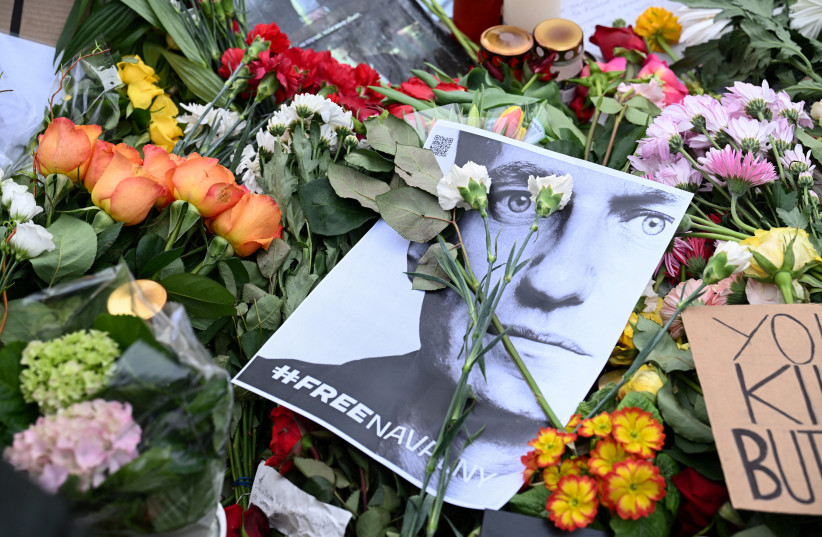The editor of a Moscow weekly said he stands by the decision to devote its front page last week to the death of Kremlin critic Alexei Navalny, even though most of the print run was confiscated.
Sobesednik (Interlocutor) published a two-page spread on Navalny on Feb. 20, four days after his death, including a lengthy obituary and coverage of spontaneous vigils held in his honor across Moscow.
The edition ran with a front-page photograph of a smiling Navalny with the caption: "...but there is hope!"
It was a striking contrast with most Russian state media, which either ignored or made only brief mention of Navalny's sudden death in an Arctic penal colony. Channel One television interrupted its broadcast briefly, but ran no major segment.
Explaining the controversial decision
In an interview with Reuters on Monday, Sobesednik's editor in chief Oleg Roldugin said the paper was right to run the Navalny cover, given the opposition politician's fame.

"There was a newsbreak - a man who is well-known and influential enough had died," Roldugin said at the paper's Moscow offices. "Therefore, we did our normal journalistic work, which our colleagues were supposed to do."
Shortly after hitting Moscow newsstands, virtually all copies were confiscated, "without any legal justification," said Roldugin, who has led the paper since 2021. He could not provide figures for financial losses, but said the newspaper has a print circulation of around 154,000.
Under President Vladimir Putin, the Kremlin has clamped down on press freedom, shuttering virtually all independent media outlets or forcing them into exile and directing all state media to toe the government line.
The death of Navalny has robbed the disparate Russian opposition of its most charismatic and courageous leader and has lead to despair and apathy among his supporters abroad and at home - including in Moscow, where Navalny finished runner-up when he ran for mayor in 2013.
Navalny's family and allies have accused the Kremlin of murdering him, which the Kremlin has fiercely denied. His funeral arrangements have yet to be announced, but it is expected to be held in Moscow.
Founded in Russia's capital in 1984, Sobesednik focuses on coverage of society and politics with a liberal bent, and previously published several interviews with Navalny. Russia's internet watchdog blocked its website after the start of the Ukraine war, but the paper has tried creating new sites that readers inside Russia can access.
"We have remained virtually the last printed newspaper in Russia that deals with journalism, not politics," said Roldugin.
For now, Roldugin says there are no problems with distributors, but the paper is braced for a possible further clampdown and advertising has remained difficult with no working website in Russia.
Among readers, however, he said the newspaper is more popular than ever. When news of its confiscation began circulating in Moscow, Roldugin said he received "many" calls asking for extra copies.
He said he did not think this was what the authorities intended. "Everyone noticed us immediately, both the cover and the text."
